Strange And Interesting Civil War Facts...
There are many strange and interesting facts and bits of trivia which came out of the American Civil War...
This is not an exhaustive list, rather, it is a work in progress. Please feel free to add your own facts in the comment section. Anything that you think might make a good addition to this list of strange and interesting facts about the Civil War would be very welcome.
And now, without further ado, lets see if I can come up with something you might not have heard before...
Little Known Civil War Facts and Stories
- The famed, Welsh explorer, and journalist Henry M. Stanley (right) - the guy who coined the phrase, "Dr. Livingstone, I presume?"- served in the American Civil War. That is not all, he served in three different services. First, he served as a private in the Confederate Army, and was taken prisoner at the Battle of Shiloh in 1862. As a prisoner, he was recruited and joined the Union Army, but was discharged less than three weeks later due to illness. Finally, in 1864 he joined the Union Navy and served aboard the USS Minnesota, but he jumped ship in February 1865. I guess he had more important things to do! Therefore, Stanley is possibly the only man to serve in both armies and one navy in the American Civil War...
- When Abraham Lincoln was assassinated, his wallet contained - among other things - a Confederate States five dollar bill.
- There was supposedly a private in the Confederate Army named Abraham Lincoln.
- Lincoln was shot at and nearly assassinated during the summer of 1864 (roughly 8 months before his death).
- There was a Union General named Jefferson C. Davis (not to be confused with Confederate President Jefferson F. Davis). His name is not known to have caused too much confusion, but on one occasion it did lead to the capture of some Union troops. During the night at the Battle of Chickamaugua, approaching Confederate troops said they were "Jeff Davis's troops." Thinking they were General Davis's men come as reinforcements, the Union troops allowed them to come on in and did not realize their mistake until they were told to surrender.
- General Davis is most well known, however, for getting away with murder. Literally. He served briefly under General William "Bull" Nelson at Louisville, Kentucky; but after a disagreement Nelson dismissed Davis from his command. Soon thereafter, Davis was ordered to return to Louisville and meet with Nelson's superior. Upon doing so, Davis and Nelson met in the lobby of a hotel and had an altercation. Nelson slapped Davis across the face with the back of his hand, and Davis retrieved a pistol from a friend and shot and killed Nelson. Davis was imprisoned and charged with murder; but, due to the need for experienced field commanders, his superiors got the charges dismissed. He never faced prosecution for his crime.
- In 1861 the American Banknote Company of New York city was printing the first issue of the new United States of America "greenbacks." At the very same time, they were also printing the first issue of Confederate States of America currency. The US government soon prohibited American Banknote from continuing this practice. To overcome this, they just moved a portion of their operation to New Orleans and continued producing Confederate currency under the nom de guerre of Southern Banknote Company.
- Dr. Hunter Holmes McGuire (right) founded St. Luke’s Hospital and Training School for Nurses and started the College of Physicians and Surgeons (became the University College of Medicine and is now part of the Virginia Commonwealth University). He also helped found the Medical Society of Virginia and served as president of the American Medical Association. However, he lost his most famous patient, General Thomas "Stonewall" Jackson.
- Confederate General Martin Green's last words were "A bullet has not yet been molded that will kill me." He said this in response to a warning to keep his head down while inspecting the defenses at Vicksburg. Moments later he was shot in the head and killed by a Union sharpshooter.
- In a similar story, Union General John Sedgwick became the highest ranking Union casualty of the American Civil War at the Battle of Spotsylvania Court House. While setting up artillery placements, Confederate sharpshooters armed with Whitworth rifles started firing on his command from about 1000 yards away. This caused his officers and men to start flinching and ducking for cover. General Sedgwick became angry and reprimanded them, ""What? Men dodging this way for single bullets? What will you do when they open fire along the whole line? I am ashamed of you. They couldn't hit an elephant at this distance." Despite their commanding officer's wrath, his men continued to dodge and flinch. This caused the General to reiterate, "I'm ashamed of you, dodging that way. They couldn't hit an elephant at this distance." Almost immediately the General fell over dead with a head wound.
- Funny story: During a staff meeting on a particularly cold winter day, the above mentioned Dr. McGuire noticed that General Stonewall Jackson was shivering. In an effort to fend off a possible chest cold, the doctor produced a bottle of brandy and offered that Jackson and his staff should have some brandy to brace themselves against the winter chill. Jackson, who did not drink, declined the offer. The doctor insisted, saying it could help prevent a cold. "Do you really think so?" asked Jackson. "Indeed I do," replied the doctor. "Then I will!" With that exclamation Jackson filled a tumbler to the brim and knocked off the entire drink in one shot as his staff looked on in wide-eyed amazement. It is said that the General was soon feeling much warmer and was in a much happier frame of mind...
- In 1859, Union General Daniel Sickles (right) became the first person to use the temporary insanity defense. Not only did he use the defense, but he did so successfully. He was found not guilty of murder due to temporary insanity. He had shot and killed Philip Barton Key II, who was having an affair with Sickles wife. Of interest, the victim was the son Francis Scott Key.
- Sickles military career ended at Gettysburg, where he lost his his right leg to a Confederate cannon ball. Sickles, however, saved the shattered bones from his leg and donated them to the Army Medical Museum. It is said that for years he would visit his leg on the anniversary of its loss.
- Confederate General Nathan Bedford Forrest, who had 29 horses shot out from under him during the Civil War, was born on Friday July 13, 1821.
- Quantrill, the Missouri Bushwhacker known for burning Lawrence, Kansas, taught school in Kansas when he was 16.
- A very interesting artifact has been found at a number of American Civil War battlefields, including Gettysburg. What is this artifact? It is made up of one Union and one Confederate bullet, the two bullets met in mid flight between the two lines and fused together. There are a number of such "fused" bullets on display in Civil War museums across the country. One such bullet sold for over 1000 dollars in September of 2012.
- Of all the battles and skirmishes fought during the American Civil War, 11% were fought in the state of Missouri. During 1861, there were more battles and skirmishes in Missouri than in any other state, and throughout the entire war only Virginia and Tennessee saw more action than the state of Missouri. Seems kind of odd since few if any of the major stories from the Civil War come from Missouri.
...To Be Continued...
This list of strange and interesting civil war facts and stories could go on and on, but we will stop here for now. Use the comment box below to let me know if you have any suggestions you think would make a great addition to this page, or any other page of this website for that matter!
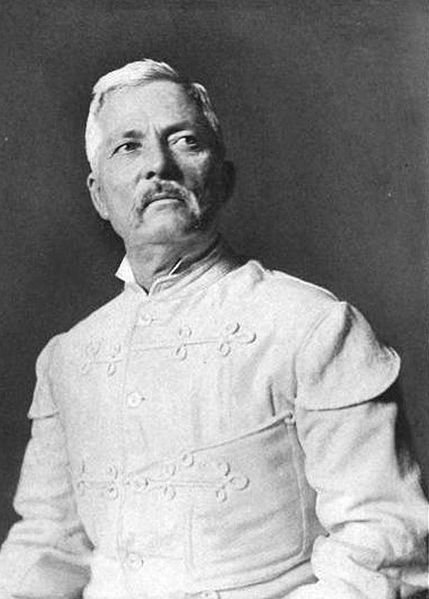
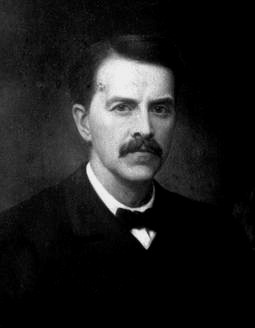
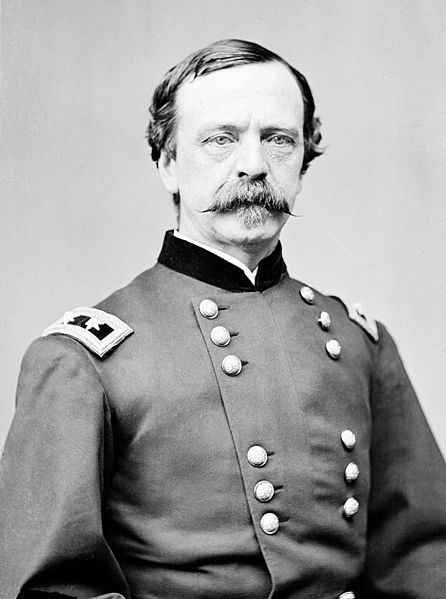
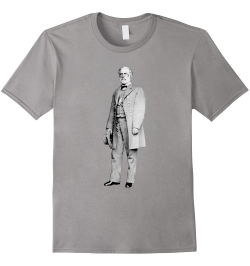


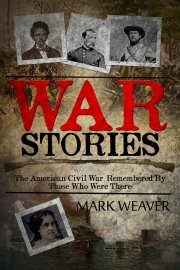

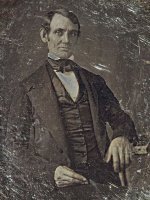
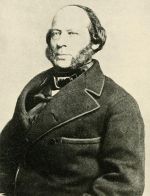
New! Comments
Have your say about what you just read! Leave me a comment in the box below.